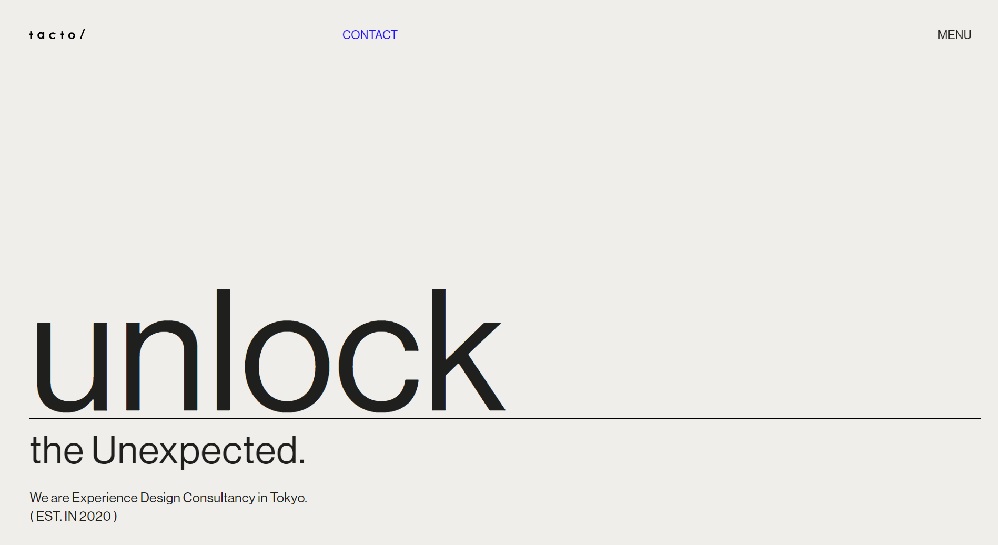Rise by Six: Your Daily Dose of Inspiration
Explore insights and stories that elevate your day.
Minimalism Meets the Web: Where Less is More
Discover how minimalism transforms web design, proving that simplicity can spark creativity and enhance user experience. Embrace less, achieve more!
Embracing Minimalism: How Simplified Web Design Enhances User Experience
In today's fast-paced digital world, minimalism has emerged as a fundamental approach in web design, emphasizing the importance of simplicity and clarity. By stripping away unnecessary elements and focusing on essential features, designers create a more intuitive user interface that guides visitors through the content without distraction. This approach not only enhances aesthetic appeal but also significantly improves user experience, allowing users to find what they need quickly and efficiently.
Embracing a minimalist web design can lead to numerous benefits, such as faster loading times and increased accessibility. For instance, a simplified layout reduces the need for heavy graphics and complex coding, which can slow down site performance. Additionally, it caters to a broader audience, including those with visual impairments or cognitive difficulties. By prioritizing user-friendly navigation, consistent typography, and ample white space, businesses can build stronger connections with their audience, ultimately driving engagement and boosting conversion rates.

The Principles of Minimalist Web Design: Achieving More with Less
The principles of minimalist web design focus on the idea that less is often more, allowing for a cleaner, more user-centric experience. By stripping away unnecessary elements, designers can enhance usability and ensure that visitors remain engaged. Key principles include prioritizing content, reducing clutter, and utilizing whitespace effectively. When every element serves a purpose, the overall design becomes more intuitive, guiding users toward the information they need without distractions.
In practice, implementing minimalist web design requires a careful balance of aesthetics and functionality. Consider employing a limited color palette, simple typography, and essential visual elements that support the content rather than overshadow it. Consistency is also crucial in maintaining a cohesive identity across the site. By adhering to these principles, designers can create websites that not only look elegant but also drive better user engagement and improve search engine optimization (SEO) performance.
Is Less More? Exploring the Impact of Minimalism on Online Engagement
The concept of minimalism has permeated various aspects of life, including web design and content creation. Emphasizing simplicity, it allows users to focus on essential elements, potentially leading to improved online engagement. Research suggests that sites with clean, uncluttered interfaces can enhance user experience, as visitors are less likely to be distracted by unnecessary features. This approach can encourage longer dwell times, increased interaction with content, and higher conversion rates as users are guided effortlessly through the intended pathways.
However, the question remains: is less more? While minimalism can drive engagement, it is crucial to strike a balance. Over-simplifying content may lead to a lack of information, leaving users feeling unsatisfied or confused. To effectively harness the power of minimalism, content creators should consider a user-centric approach, ensuring that essential information is readily accessible without overwhelming the reader. Ultimately, finding harmony between minimalism and informative content can create a compelling and engaging online experience.